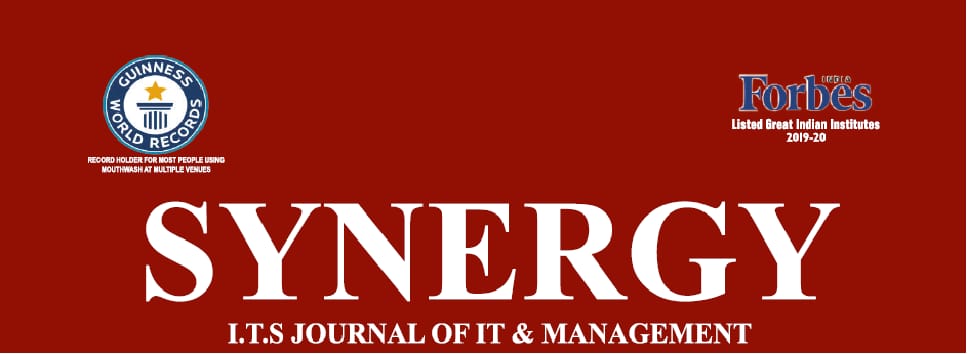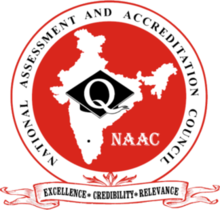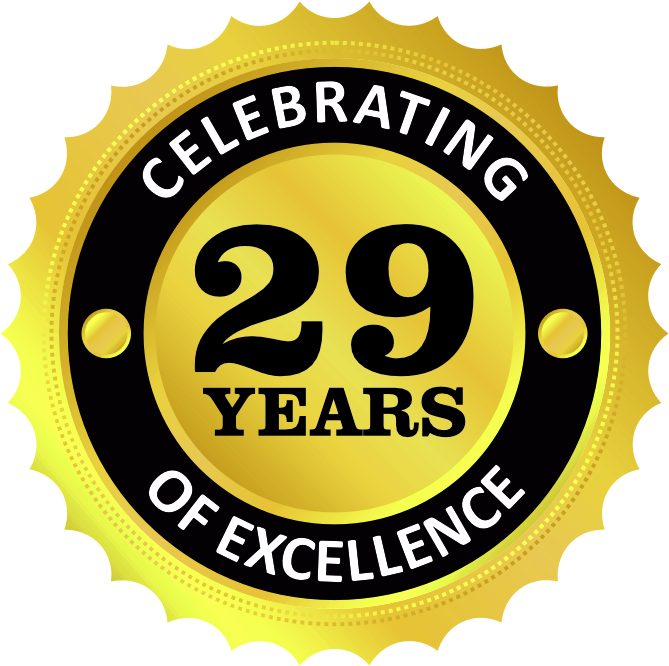Author Guidelines

- Synergy: Peer reviewed I.T.S. Journal of I.T. & Management invites original papers from academicians and practitioners involved in the various management and allied areas which would advanced knowledge and research in various areas of Economics, Finance, HR, General Management, IT, International Business.etc.
- Authors should send two copies of manuscript using MS Word 2007 or latest version. Cover page must include title of the paper and author’s name, designation, official address, phone/fax number and email address. The text should be double spaced with 1 inch margins. The author's name should not appear anywhere on the body of the manuscript, to facilitate the review process the manuscript should be accompanied by an abstract (not more than 150 words) and a brief biographical sketch of the author(s) on separate sheets. No aspects are required for review essay or case studies. The authors will submit a declaration that the paper is neither published nor under consideration for publication elsewhere.
- All tables, charts and graphs should be prepared on separate sheets. Those should be number continuously in Arabic numerals as referred to in the text. Where necessary, the source should be indicated at the bottom. Number and complexity of such exhibits should be as low as possible. All charts and graphs should be clear and legible. Tables and figures should contain self-explanatory title: Footnotes, italics and quotes should be kept to the minimum.
- While submitting the articles please ensure that you have included the following:
- The purpose and prospective readers for whom the article has been targeted.
- The significance of your contribution.
- Approach context and background to your articles by referring to the practicality and usefulness of your work.
- Implications of the study and identification of future areas of work.
- Proper structuring of the paper so that it reads in a clear and logical manner.
- The editor reserves the right to modify and otherwise improve the manuscript to meet the journal’s standards of content presentation and style. Author’s may also be requested to revise their manuscript, if necessary, before acceptance for publication.
- References- References follow the text in a separate section headed “REFERENCES.” All references cited in the text must be listed in the reference section, and vice versa. Publication information for each must be complete and correct. It is authors’ responsibility to make sure that all information provided in the reference section is complete and correct. Using APA citation style, list the references in alphabetical order by authors’ last names; include first and middle initials for all authors. If there are two or more items by the same author(s), list them in order of year of publication. If the cited material is unpublished but has been accepted for publication, use “Forthcoming” in place of the date, and give the name of the journal or publishing house. For dissertations and unpublished papers, cite the date and place where the paper was presented and/or where it is available. Do not use footnotes or endnotes as a substitute for a reference list. A few examples follow below:
- Journal Article- Harris, M., Karper, E., Stacks, G., Hoffman, D., DeNiro, R., Cruz, P. etal. (2001). Writing labs and the Hollywood connection. Journal of Film Writing, 44(3), 213-245.
- Book (authored)- Calfee, R. C., & Valencia, R. R. (1991). APA guide to preparingmanuscripts for journal publication. Washington, DC: American Psychological Association.
- Use double quotes throughout. The use of single quotes to be restricted for use within double quotes e.g. “In the words of Churchill. ‘Any one suggests you when you are right; friends are there to support you when you are wrong”. Quotations in 50 words should be separated from the text with the line space above and below and indented on the left. Quotes should be cited accurately from the original source, should not be edited and should give the page numbers of the original publications.




 Admission 2021
Admission 2021

